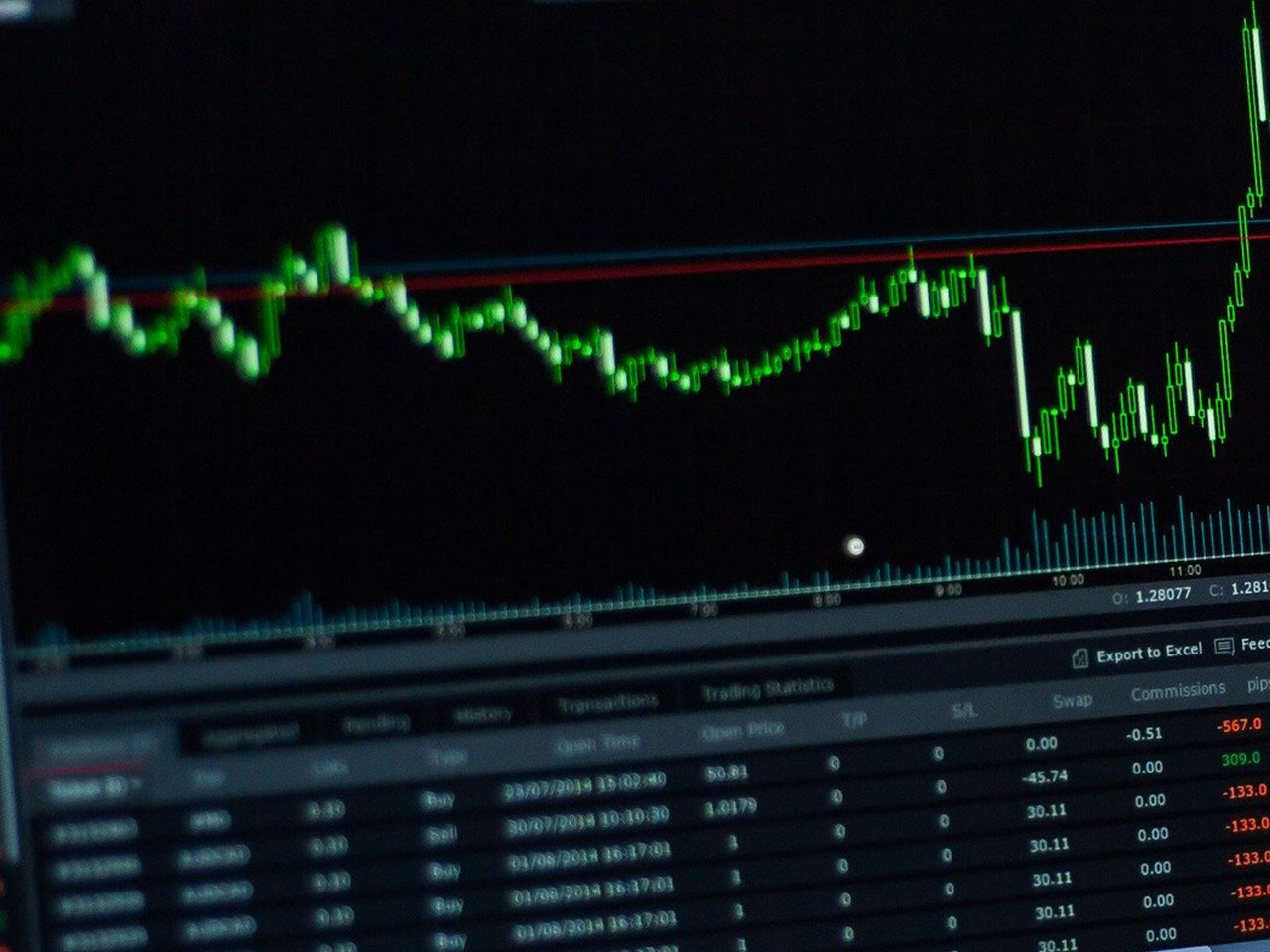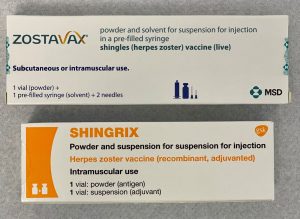HubSpot, Inc. (HUBS) is garnering attention in the technology sector with a promising potential upside of 32.36%, according to analyst consensus. As a key player in the software-application industry, HubSpot continues to thrive, offering a robust cloud-based customer relationship management (CRM) platform that caters to businesses across the globe. Headquartered in Cambridge, Massachusetts, HubSpot’s market capitalization currently stands at an impressive $29.58 billion.
The company’s stock is currently trading at $560.9, reflecting a slight positive price change of 0.02%. This is within its 52-week range of $450.09 to $819.71, indicating some volatility in its trading pattern. Despite this, the broader analyst sentiment remains optimistic, with 32 buy ratings, 4 hold ratings, and no sell ratings. The target price range for HubSpot stands between $605.28 and $910.00, with an average target of $742.42, suggesting substantial room for growth.
HubSpot’s forward-looking valuation metrics show a Forward P/E ratio of 49.78, highlighting expectations of future earnings growth. However, traditional trailing P/E ratios and other valuation metrics such as PEG Ratio, Price/Book, and Price/Sales are currently not applicable, which could indicate a focus on growth and reinvestment over immediate profitability.
The company’s revenue growth is a healthy 15.70%, underscoring its ability to scale and capture market share effectively. However, HubSpot reported a negative EPS of -0.45 and a Return on Equity of -1.34%, which may raise concerns about profitability and operational efficiency among some investors. Despite these figures, the company’s free cash flow of $569 million suggests a strong ability to fund operations and invest in future growth without relying heavily on external financing.
One of the standout features of HubSpot’s financial profile is its strong cash position, which supports its ongoing innovation in CRM solutions. The company’s platform is versatile, offering tools across various hubs—Marketing, Sales, Service, Content, Operations, and Commerce—catering to a comprehensive range of business needs. This diversification not only strengthens HubSpot’s market position but also enhances its appeal to mid-market B2B companies across multiple regions.
From a technical perspective, HubSpot’s 50-day moving average is $580.07, and its 200-day moving average is $636.29. The current Relative Strength Index (RSI) of 53.84 suggests a relatively neutral momentum, while the MACD and Signal Line indicators at -6.94 and -10.21 respectively highlight some bearish sentiment, perhaps reflecting broader market conditions or recent trends.
Although HubSpot does not offer dividends, which might deter income-focused investors, its zero payout ratio indicates a reinvestment strategy aimed at fueling growth. This aligns with the company’s broader strategy to enhance its CRM offerings and expand its market reach.
For investors seeking growth opportunities in the technology sector, HubSpot presents a compelling case. The combination of strong buy ratings, significant potential upside, and robust revenue growth positions it as a noteworthy candidate for those willing to navigate the complexities of a company in the expansion phase. As HubSpot continues to innovate and expand its global footprint, it remains a key stock to watch in the competitive landscape of CRM solutions.







































